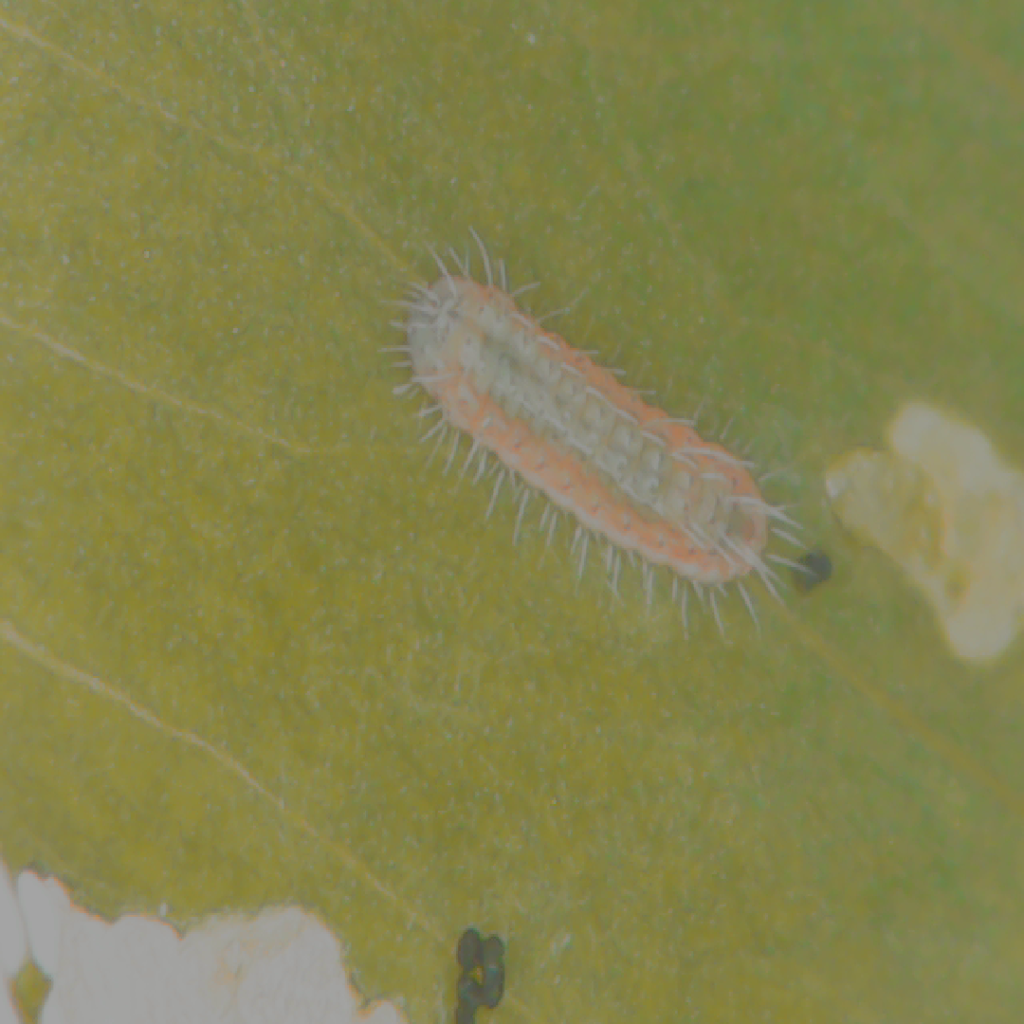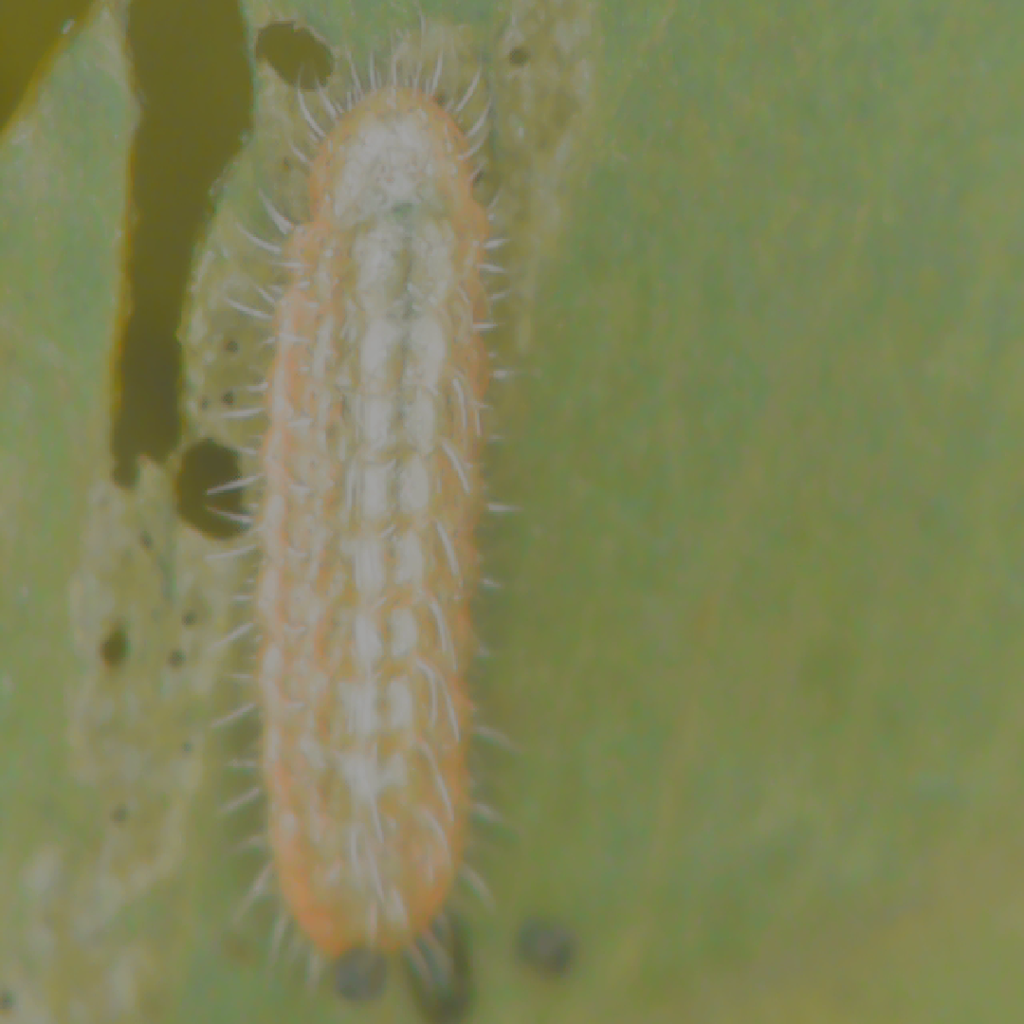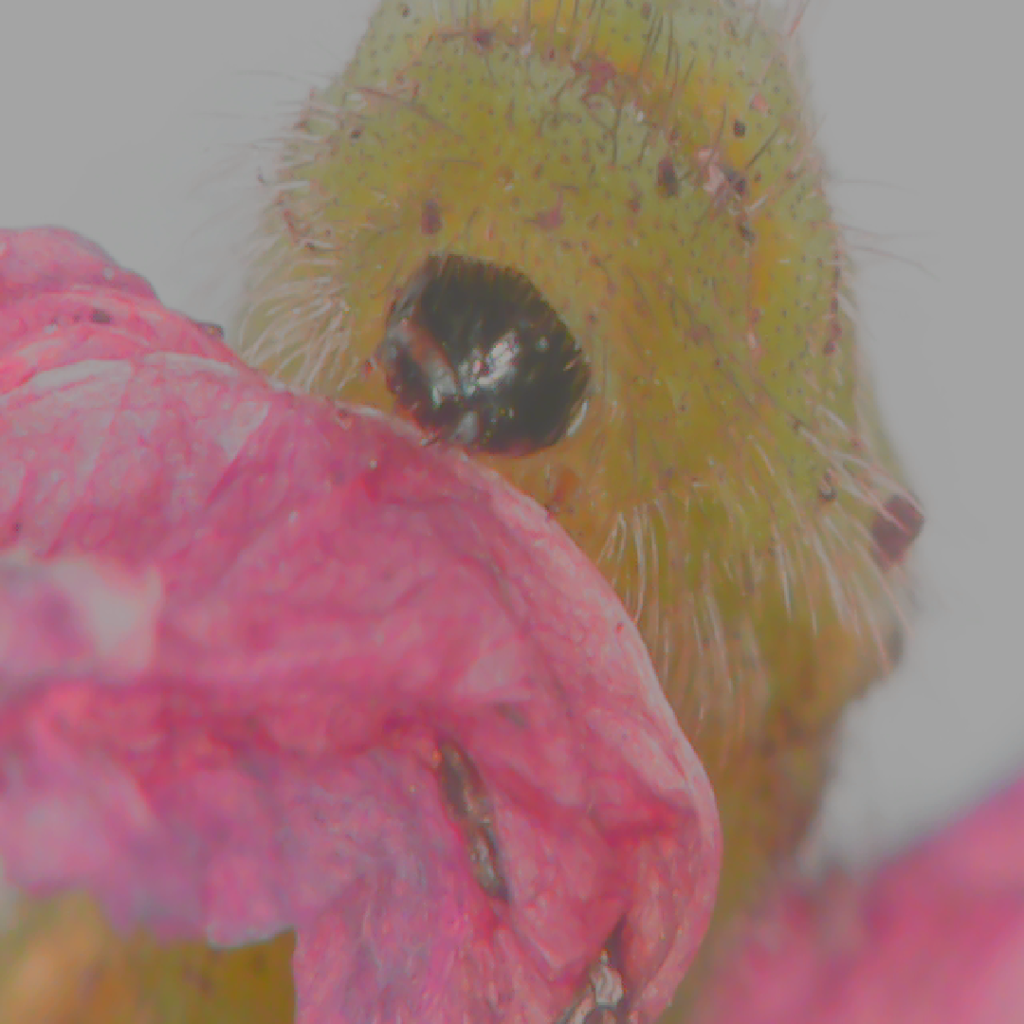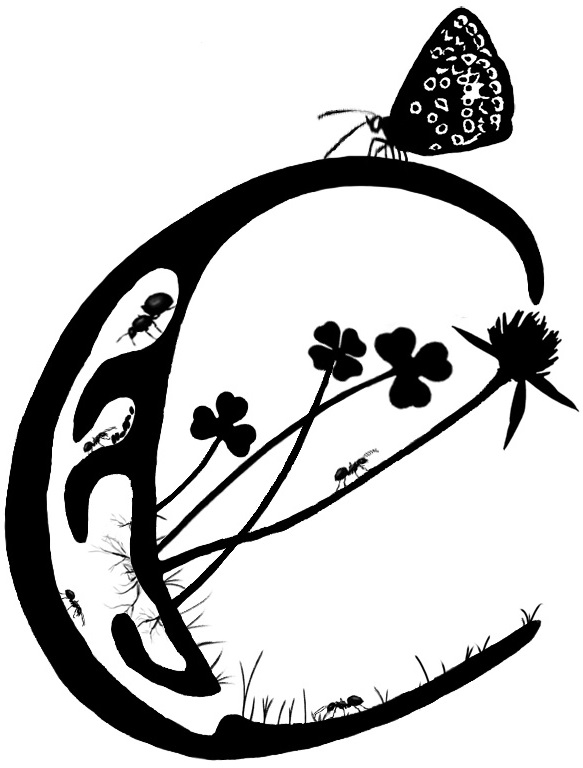The objectives of the ExplorEcolab experiment are:
1) recreate the symbiosis butterfly-plants-ants in the laboratory;
2) apply different climate change scenarios in the laboratory to better understand the climate-symbiosis relationship.
To achieve these two objectives, the different experiences of each species are explained below.
Experiment 1: Integration of host plants of the Polyommatus icarus butterfly into the laboratory
- Identification of a Trifolium repens, Lotus corniculatus meadow at Grand-Chemin (44, France) for the collection of plant specimens
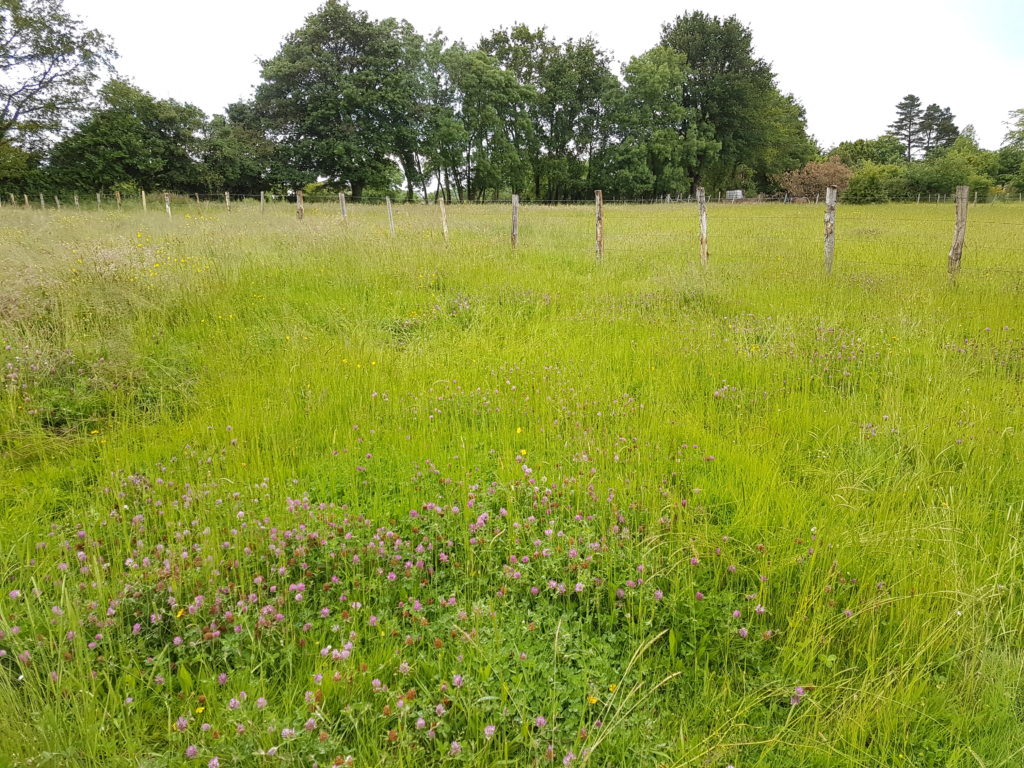
- Species identification
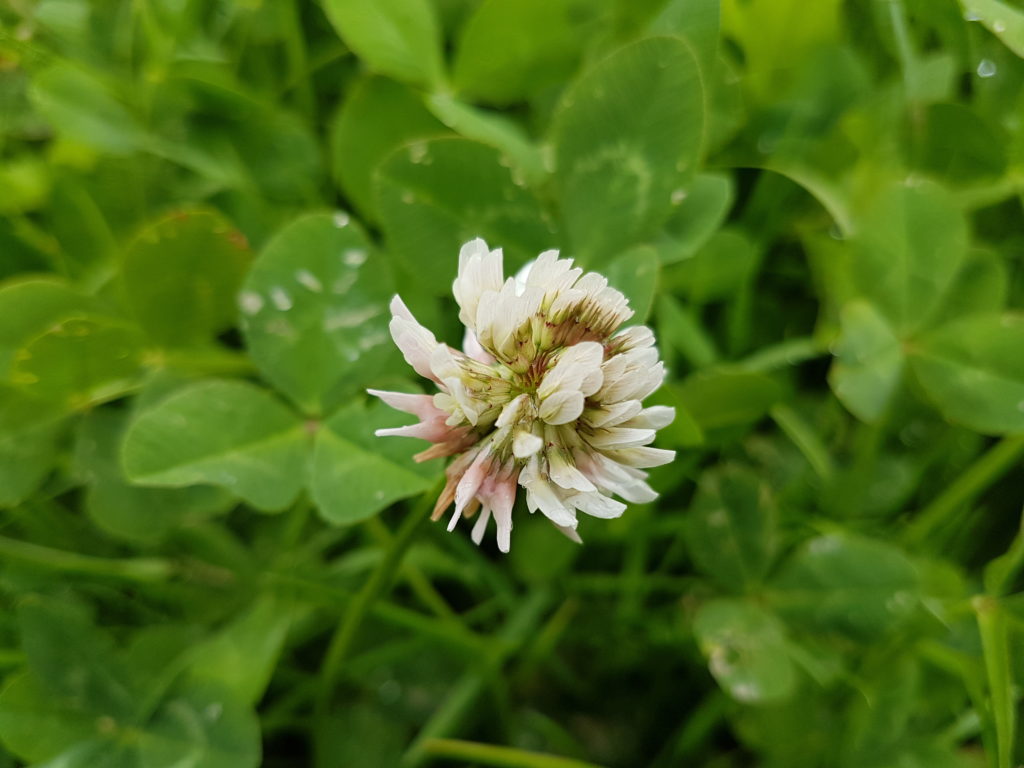
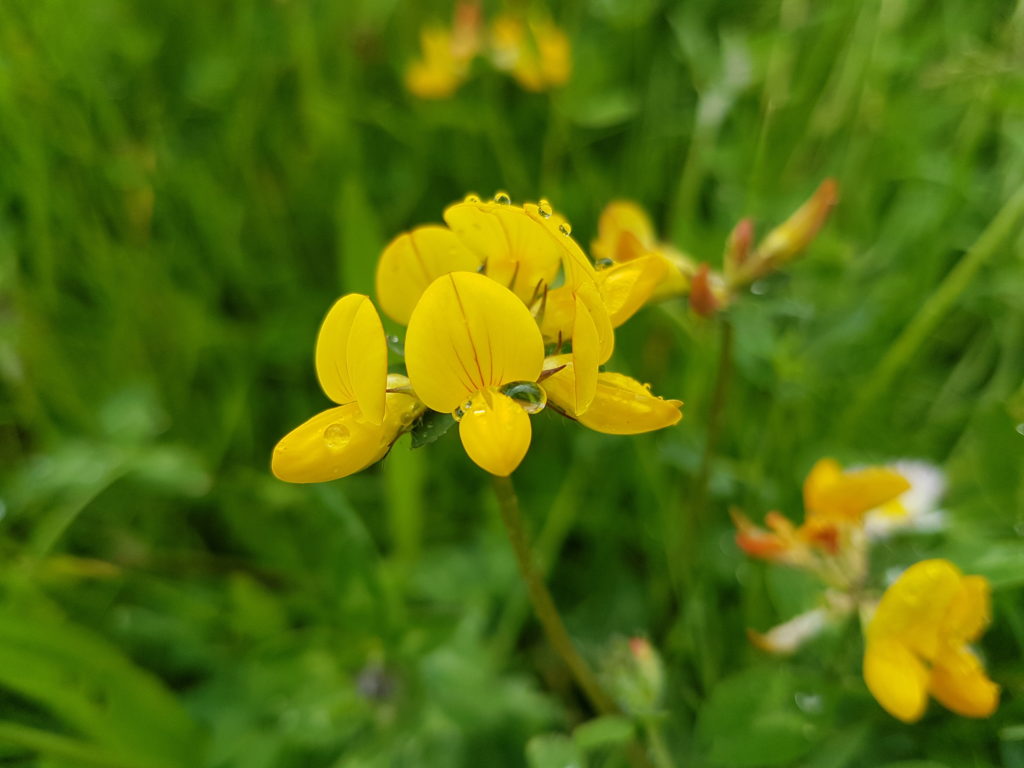
- Seed seeds in July 2019
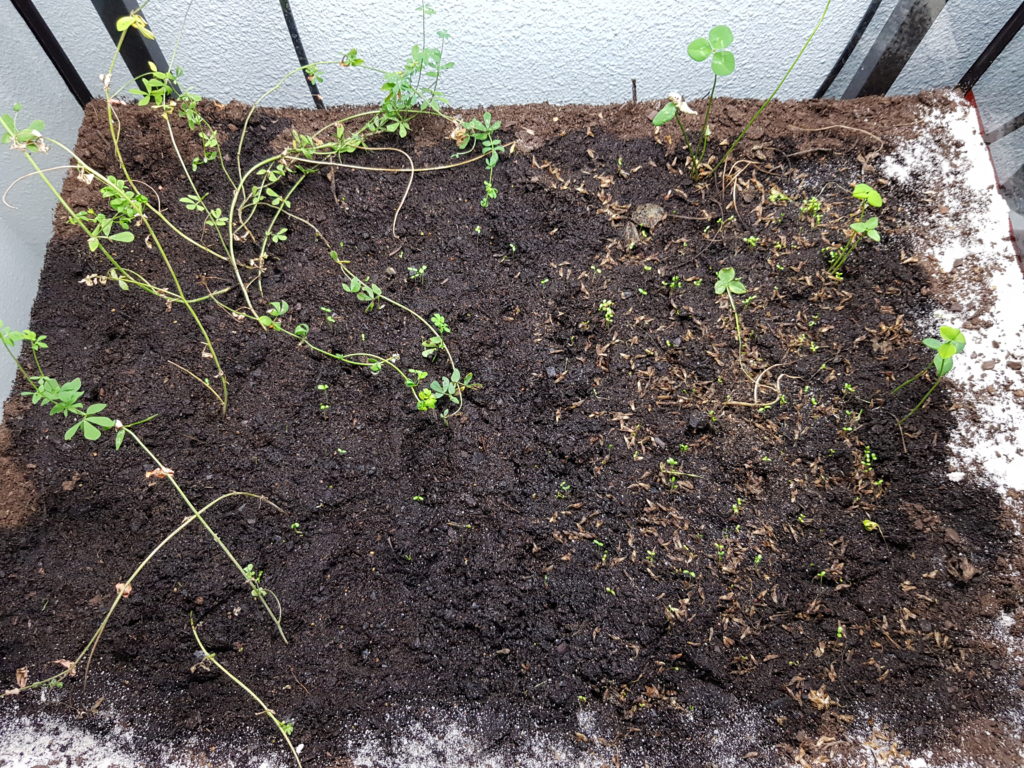
- After one month in August 2019
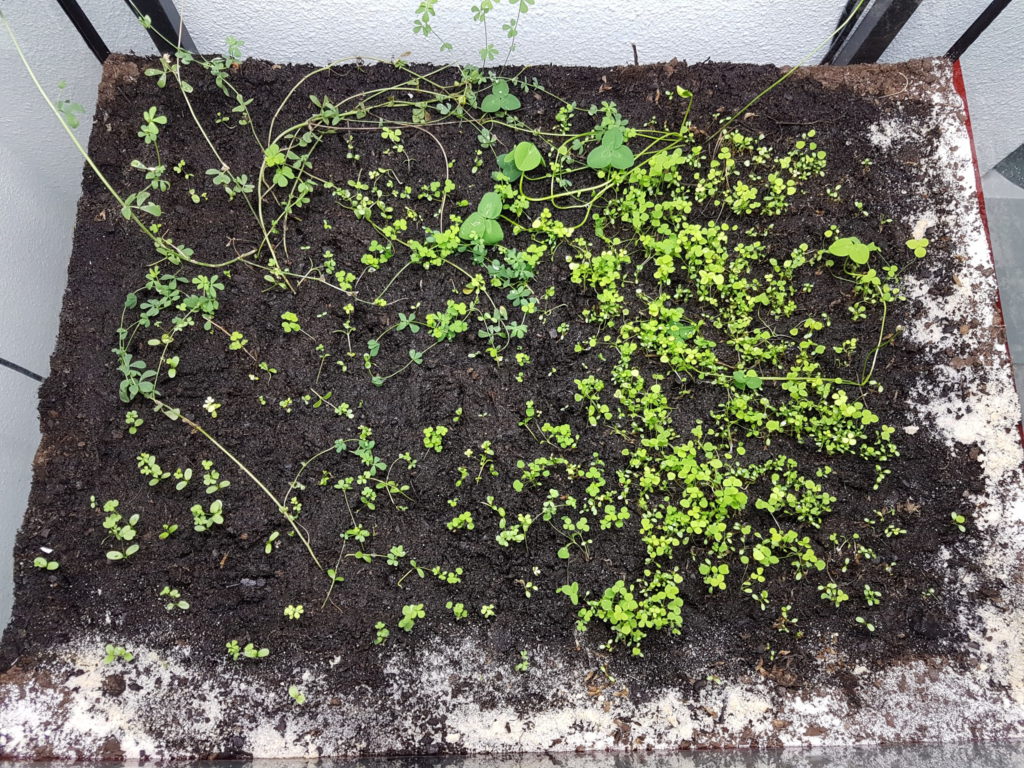
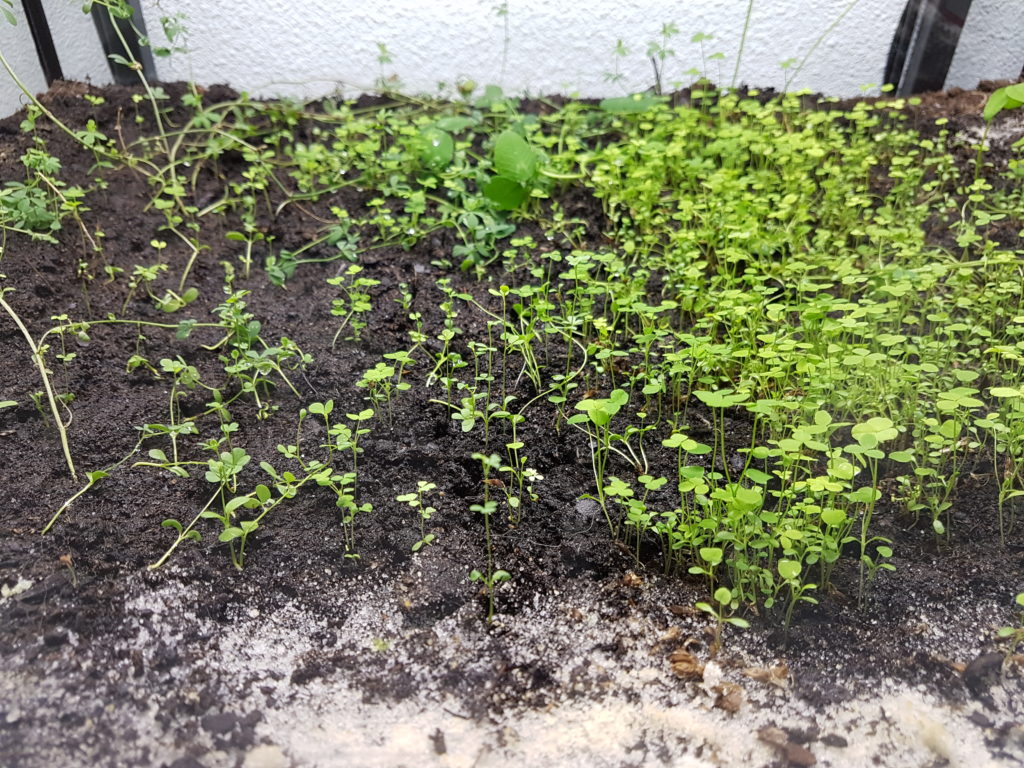
- After 2 monts in September 2019
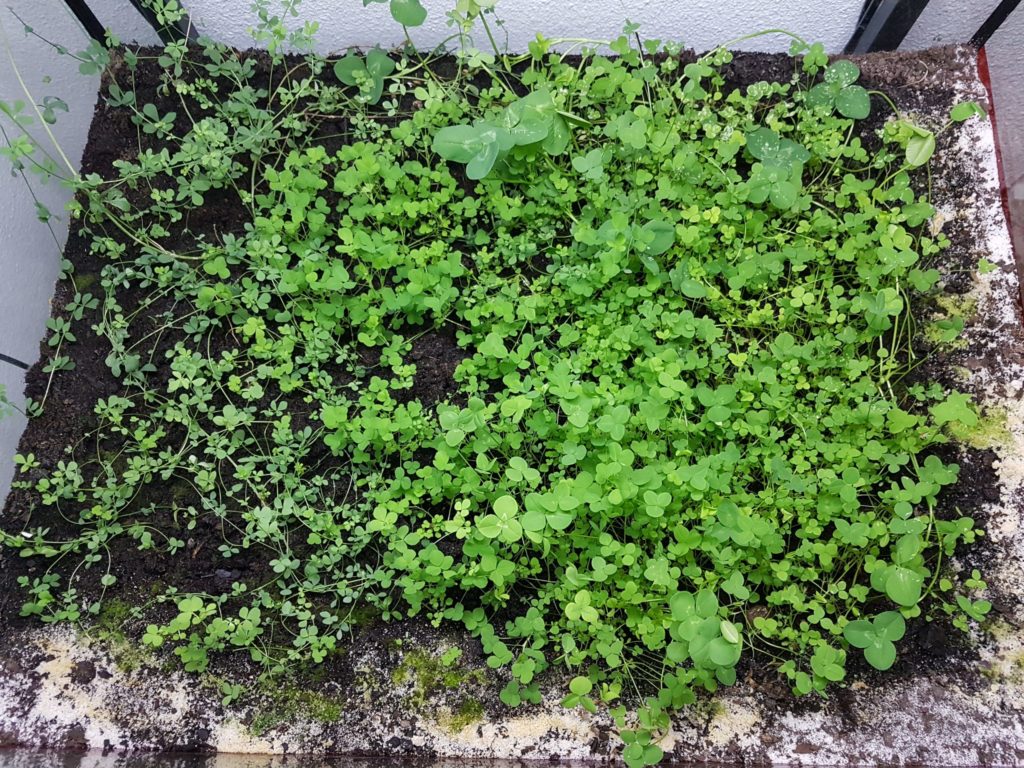
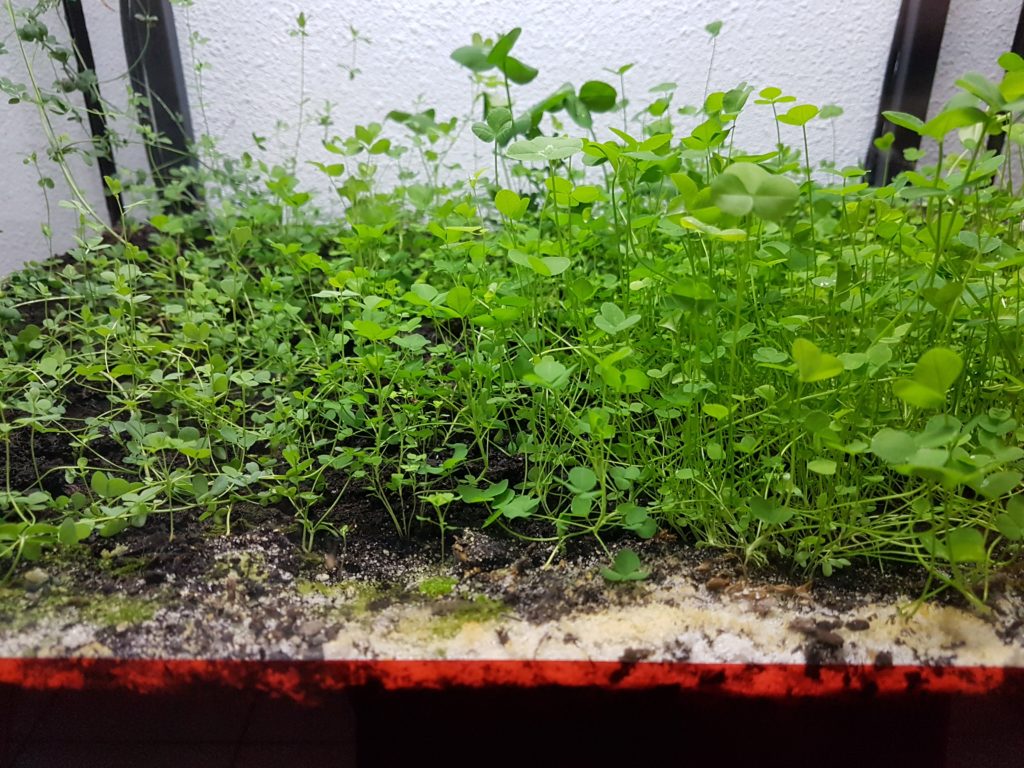
The plant observation in the laboratory makes it possible to observe the evolution of leave openings and closings according to the rhythm of artificial light simulating sunrise and sunset.
Experiment 2: Breeding of Lasius niger ants
The specimens of Lasius niger come from breeding of AntHouse.es which collaborates with many public institutions such as schools, colleges, non-profit associations, to make discover to the children the universe of ants.
The breeding begins in May 2020 with the reception of the queen and the first workers in a tube with water and cotton. Humidity is essential for the queen, eggs, larvae and cocoons which are particularly sensitive. Without moisture, they can die quickly after one or two days. But excess humidity in the room (tube) can also be fatal for the queen (Martinez, 2013).
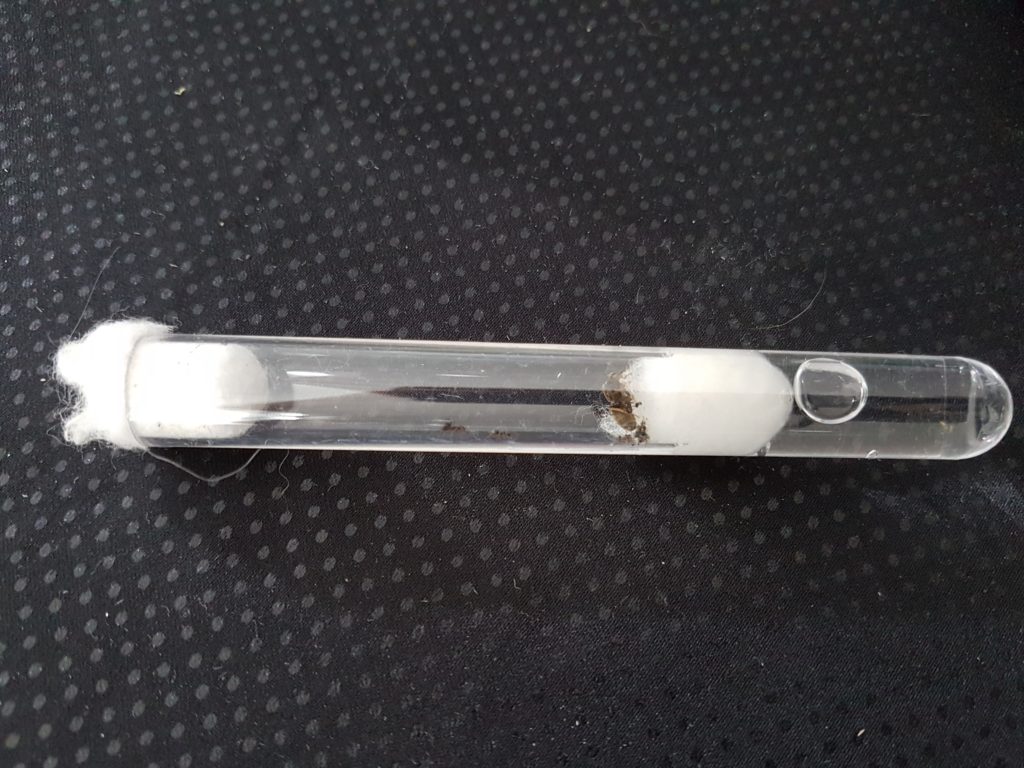
The tube was placed in a box with at the edge streaks of Teflon and mineral oil. These products are very effective anti-escape. The tube is surrounded by aluminum foil to create a dark place.
The food placed in the box outside the queen’s room. It consists of drops of water, sugar water, honey and protein syrup mixed with sugar water. The protein syrup stimulates the laying of the queen and the development of offspring.
The box is then placed in a dark, quiet place in a closet.
Until the first workers leave the queen does not need to eat because it feeds and feeds the larvae with its reserves (Martinez, 2013).
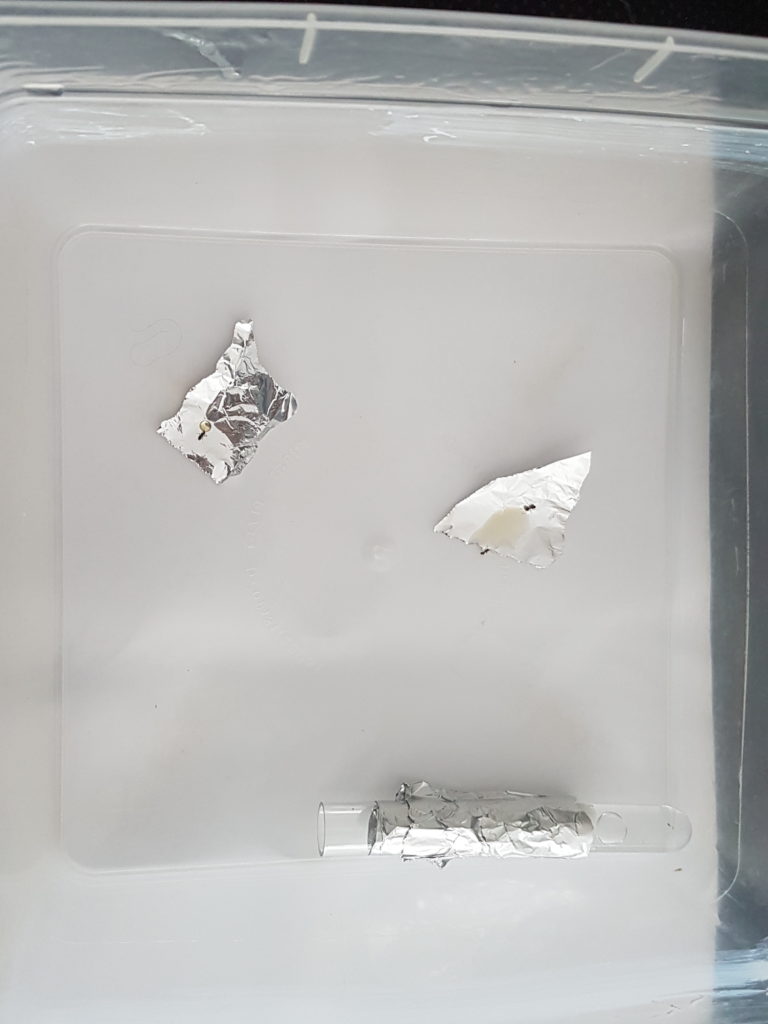
After a few weeks, eggs will emerge from larvae which will transform into cocoons then small workers.
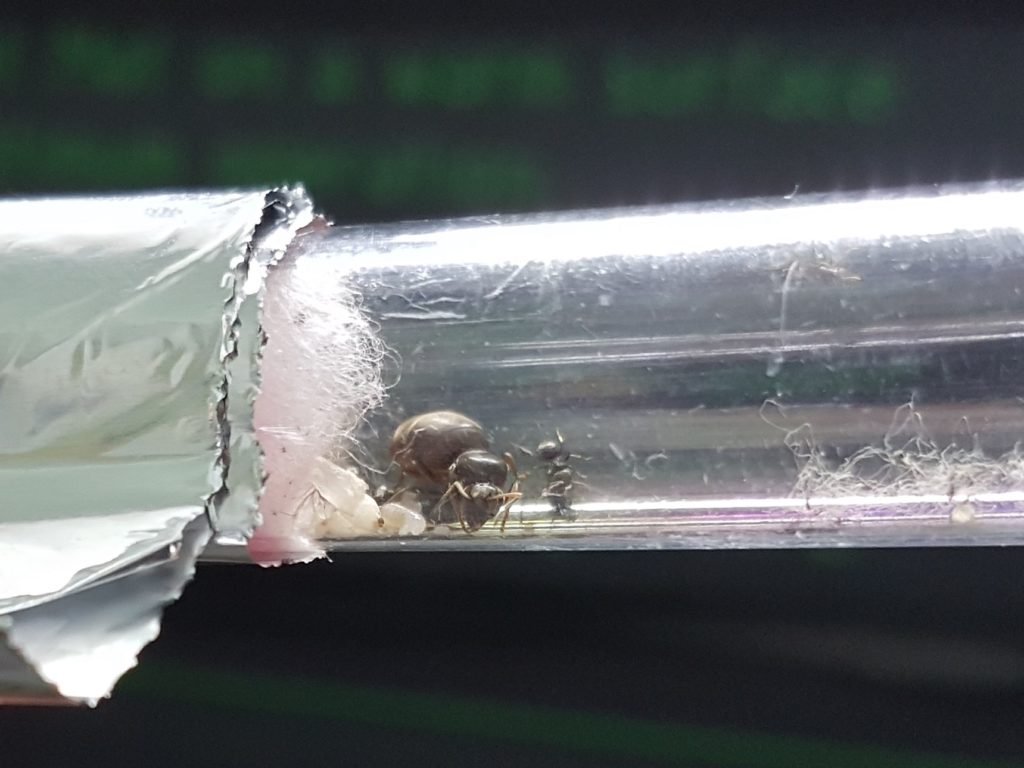
The first workers are small and very fragile. Food droplets are preferred because they cannot ingest solid food (Martinez, 2013).
In May 2021, the anthill contained around twenty ants. Near the laboratory wall, a gallery is created to try to guide the ants to move the anthill there. The tube containing the anthill is placed at the gallery entrance.
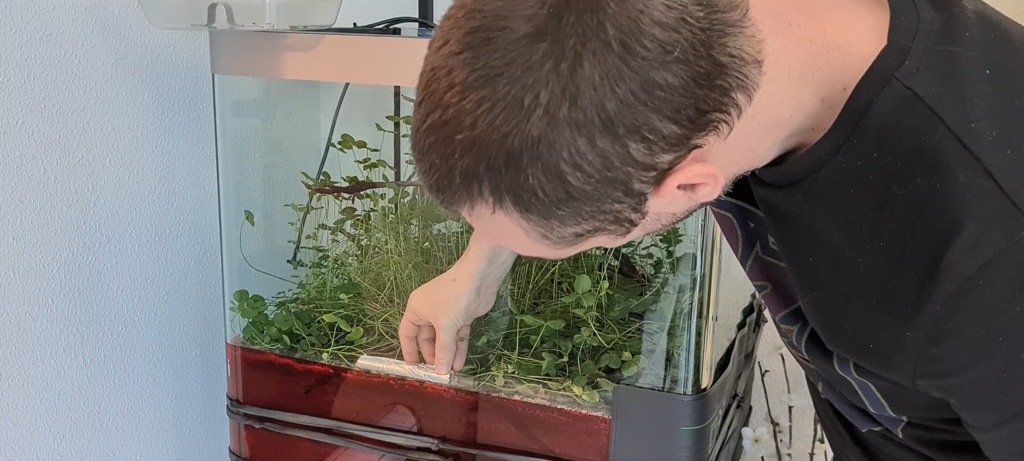
After a few hours, the ants explore their new hunting area. First, they transport soil elements into the tube to improve their existing anthill. Then, they will then quickly move the queen and the brood in the soil.
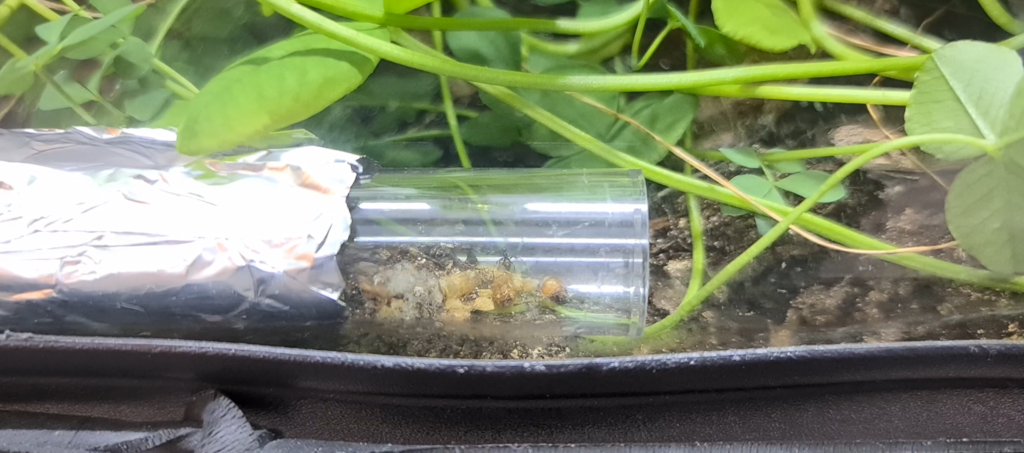
Experiment 3: Butterfly breeding Polyommatus icarus
On May 30, 2021 during a nature outing, two specimens (1 female and 1 male) are captured with a butterfly net, identified and kept in boxes. The specimens are then introduced into the laboratory.
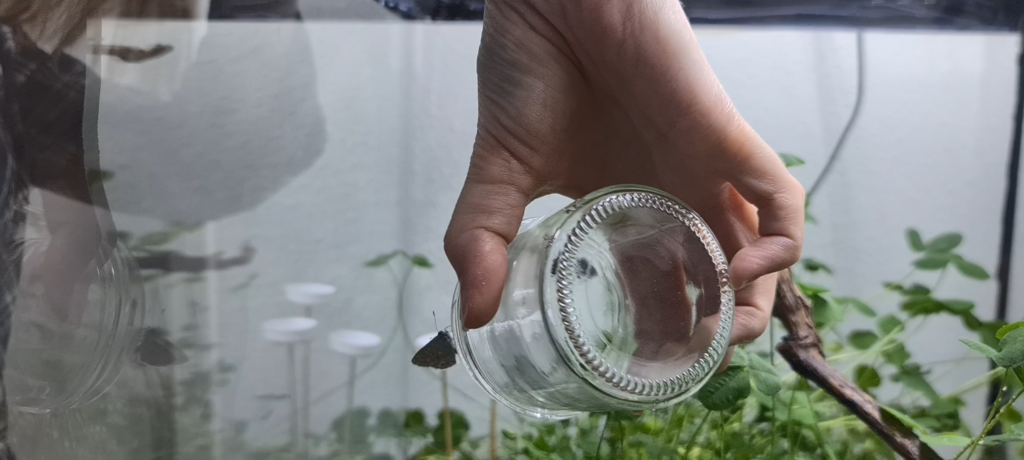
To feed the butterflies, small cups on wooden sticks are placed in the laboratory. A piece of sponge simulates a nectar-bearing plant. The sponge makes it easier for the butterfly to suck up the sweet substance and the yellow color to attract them. The sweet substance is a mixture of one portion of powdered sugar for 8 portions of water and drops of sweet soybeans. The water was previously boiled at 100 ° C in order to eliminate bacteria.
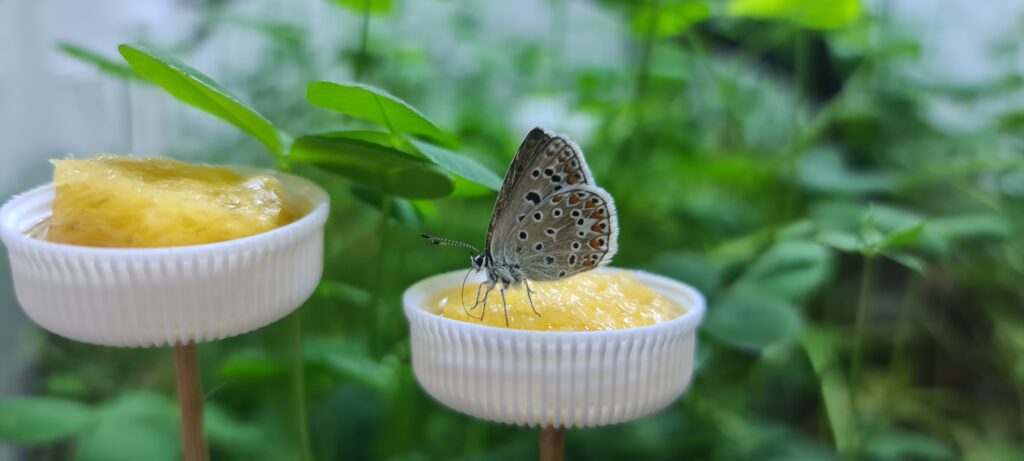
After three days, two eggs were laid on top of the leaves of Trifolium repens.
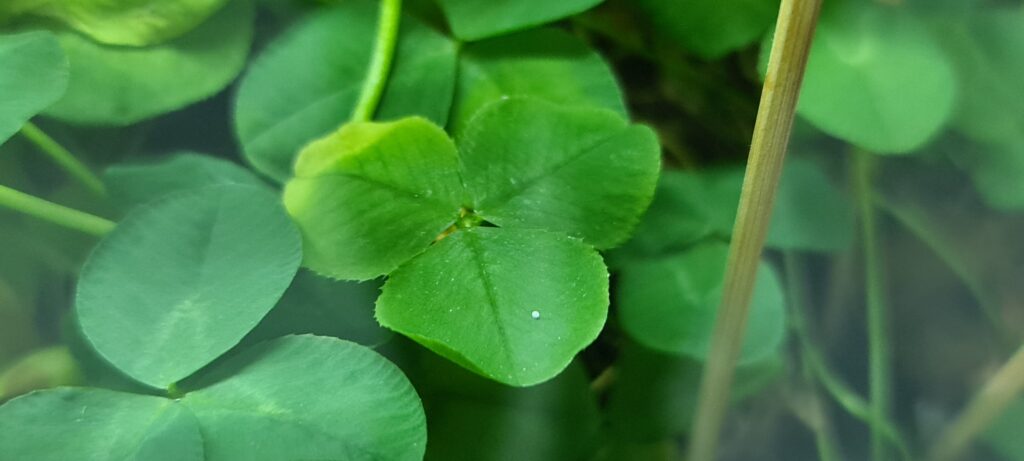
The following days about twenty eggs were laid on the leaves of Trifolium repens.
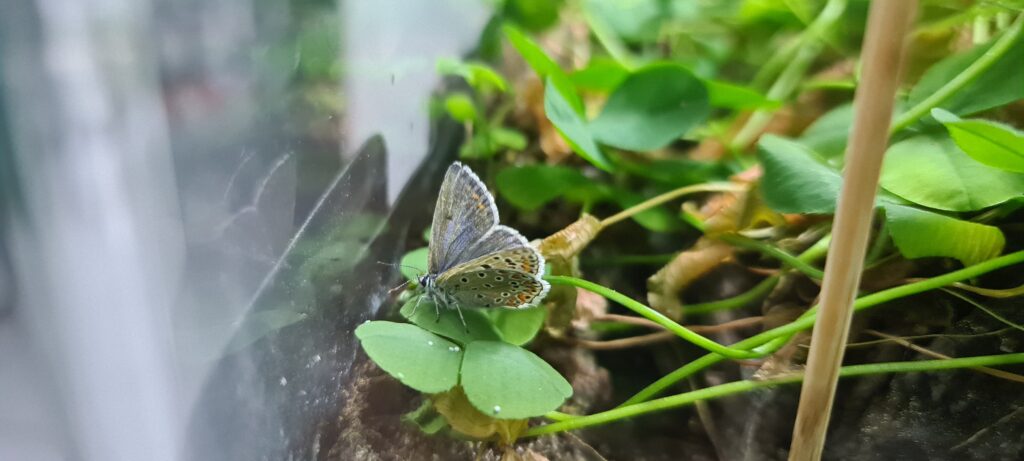
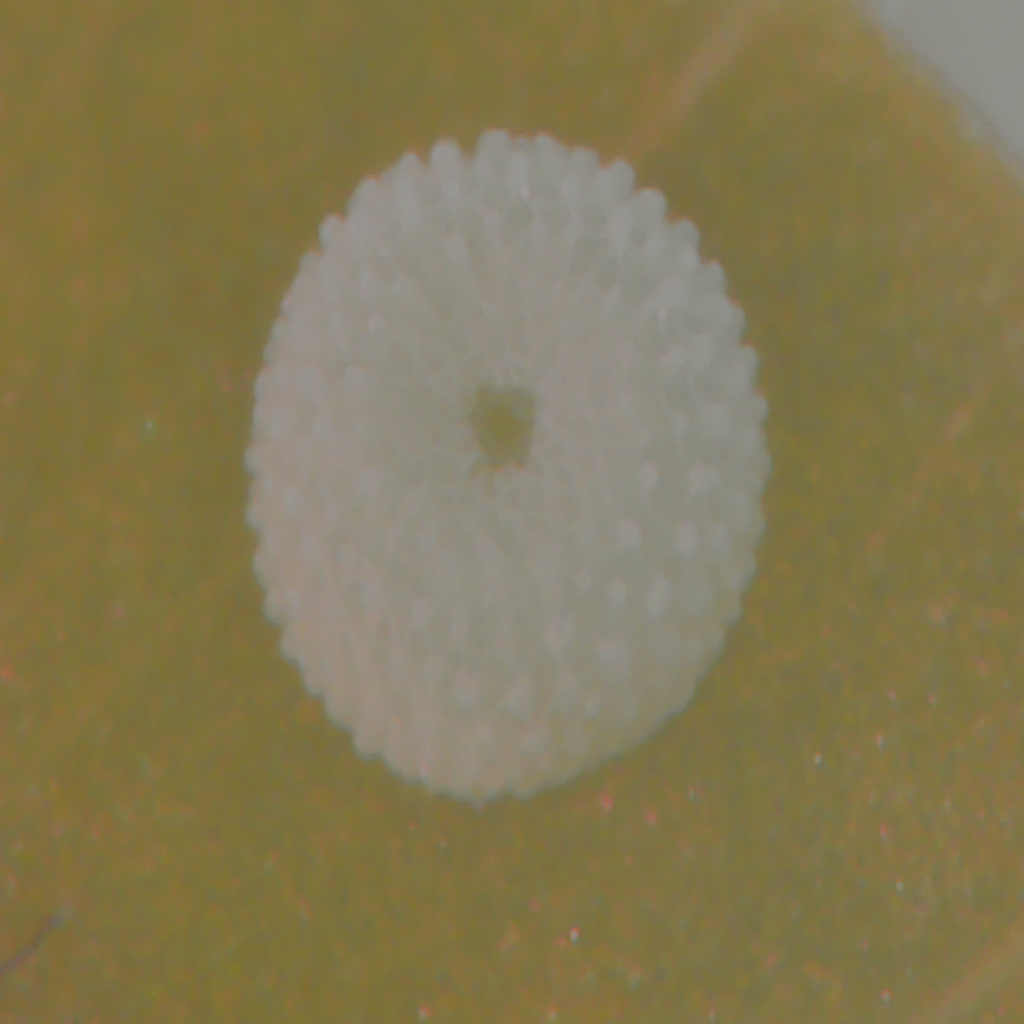
Caterpillars develop rapidly in a few weeks.
